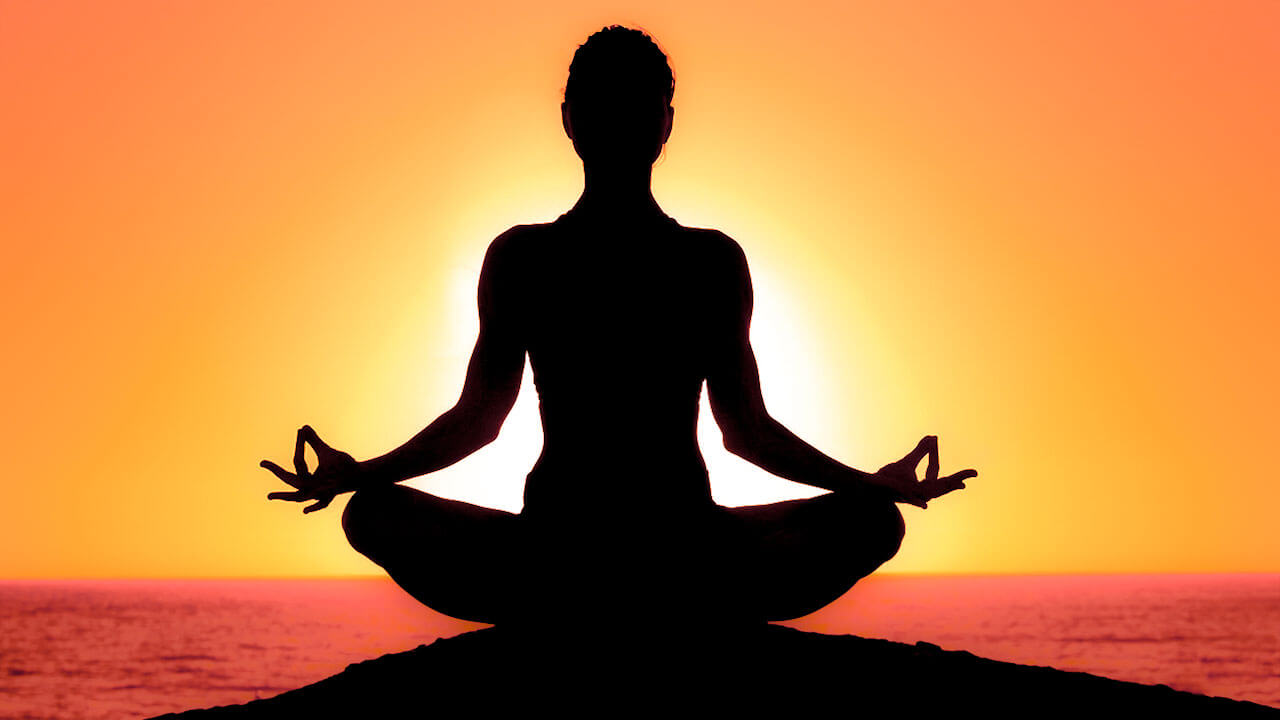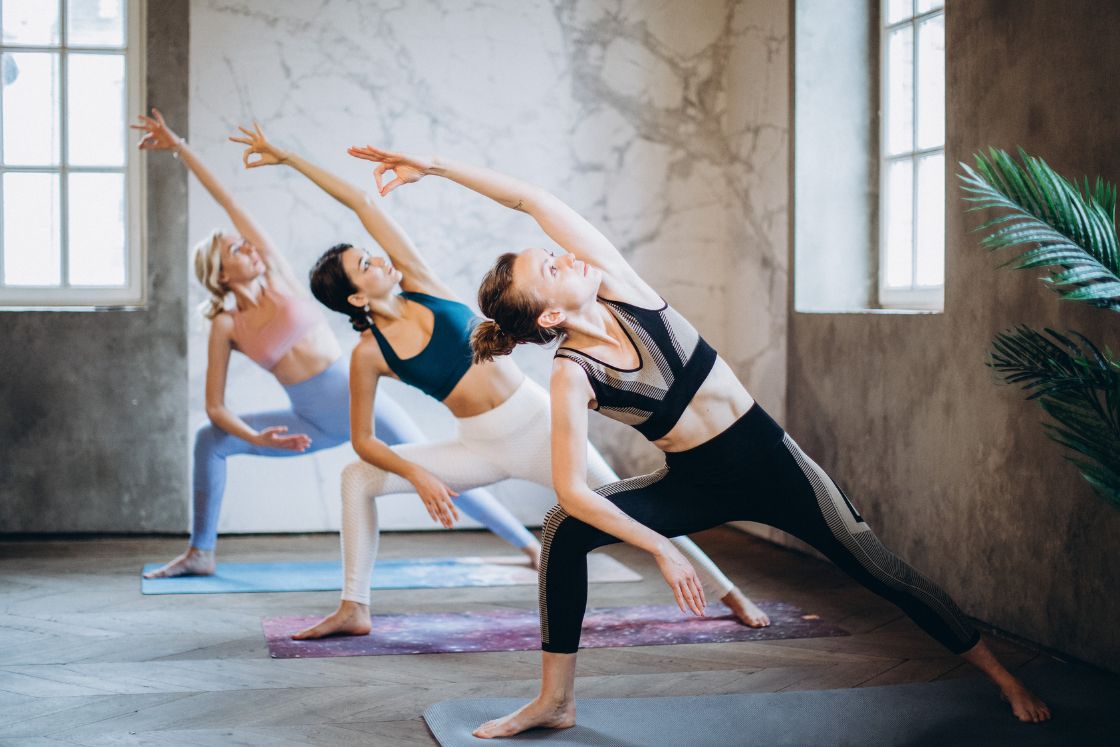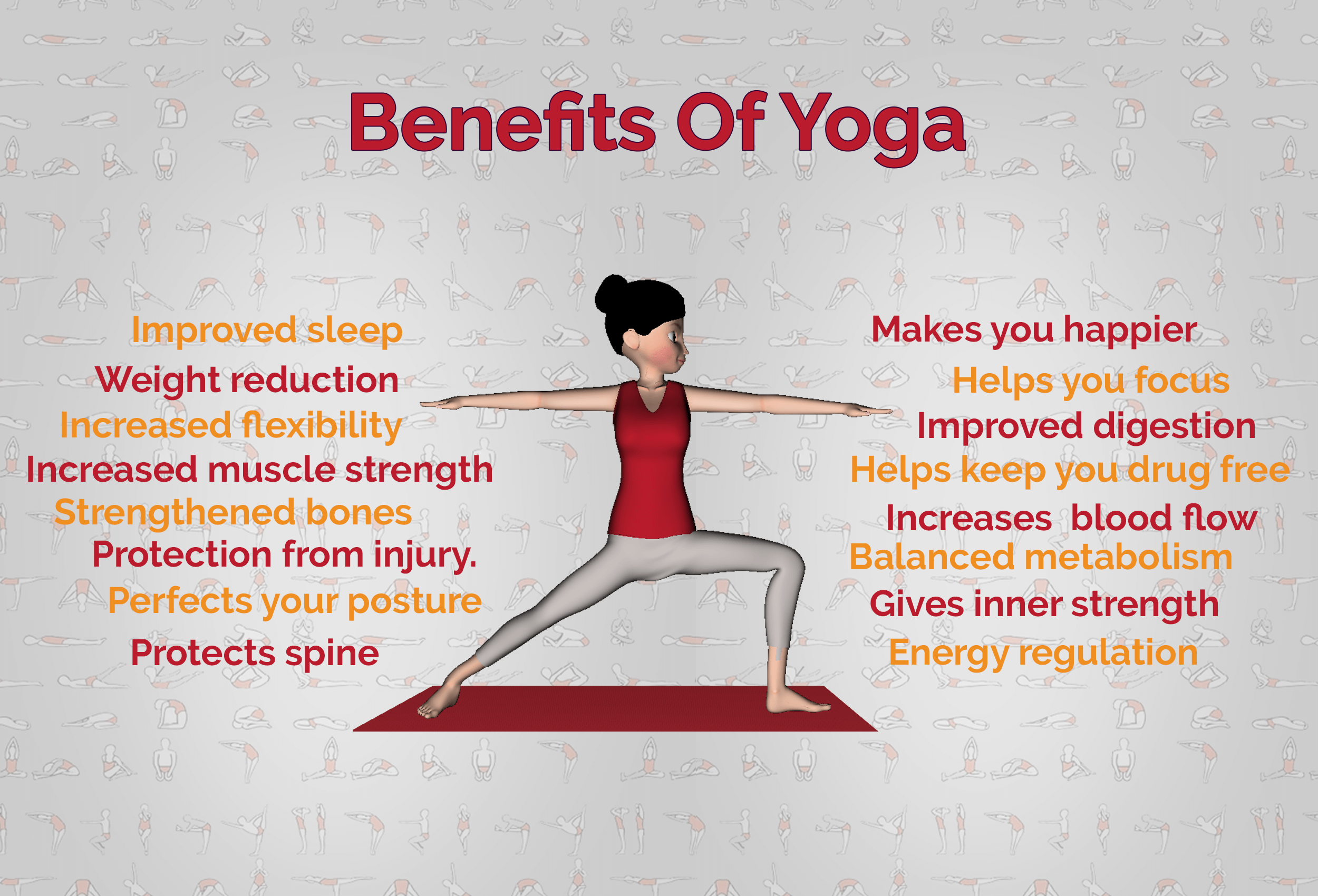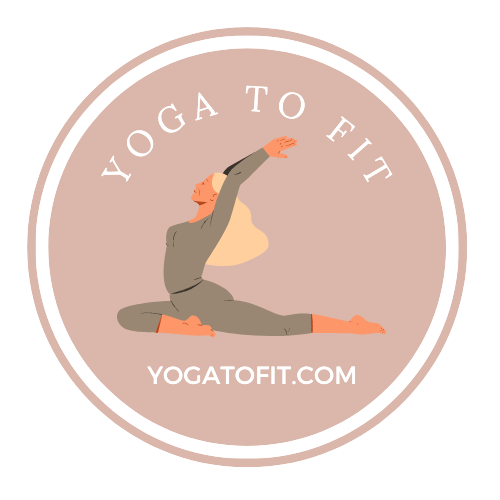Yoga for Beginners: An Ultimate Guide to a Healthier You

If you’re looking to start a journey towards physical and mental well-being, then you’re in the right place. In this comprehensive introduction to yoga for beginners, we will explore the fundamentals of yoga, including its history, basic poses, breathing techniques, and tips for creating a safe and fulfilling practice.
Yoga has become increasingly popular in recent years due to its numerous health benefits, including reducing stress, improving flexibility, and building strength.
Whether you’re looking to improve your physical fitness, reduce stress, or connect with your spiritual side, yoga is a great way to achieve your goals. This Yoga for Beginners guide will provide you with the necessary information to get started on your yoga journey, from the benefits of yoga to the basic poses and the equipment you’ll need.
So, grab your mat, put on some comfortable clothing, and let’s begin your journey to a healthier and happier you with the ancient wisdom of yoga!
What is Yoga?

Yoga is an ancient practice that originated in India over 5,000 years ago. It’s a holistic system that combines physical postures, breathing exercises, meditation, and ethical principles to promote overall well-being. The word “yoga” itself means “union,” signifying the union of mind, body, and spirit.
Yoga offers a unique approach to fitness and health, emphasizing flexibility, strength, balance, and mental clarity. It’s not just about contorting your body into complex poses; it’s a journey toward self-discovery and inner peace.
Yoga is for everyone, regardless of age or fitness level, and it can be adapted to suit individual needs and abilities.
Should you Practice Yoga?

Yoga is for everyone, no matter your age, weight, job, where you live, or your religion. It’s open to all.
However, if you have a medical condition or an injury, doing some types of yoga poses or breathing exercises can be risky. But don’t worry, there are usually safer ways or adjustments you can make to practice yoga for beginners without harm.
Many common issues also have specific yoga therapies that can help. If you’re recovering from an injury or not feeling well, it’s a good idea to talk to a doctor or another health expert before starting yogafor beginners.
When you’re doing yoga poses for beginners, you might feel some tension in your muscles, like a good stretch. But you should never feel pain, especially in your joints.
If you ever feel a sharp or strong pain, it’s your body’s way of saying, “Stop, take it easy, and back off.” Listen to your body and be gentle with yourself.
How to Practice Yoga for Beginners

Here are some step-by-step instructions for yoga for beginners to get started:
Choose the Right Type of Yoga
There are numerous varieties of yoga for beginners available. Some styles are more physical and intense, while others are more gentle and relaxing. It is essential to choose a style of yoga that suits your needs and preferences.
For example, if you are looking for a more active form of yoga for beginners, you might try Ashtanga or Power Yoga. On the other hand, if you are looking for a more meditative and relaxing practice, you might try Yin or Restorative Yoga for beginners.
Choose the proper yoga mat
For improved yoga practice, a nice yoga mat is important for better practicing yoga for beginners. You can get it from any sports store or online.
A mat will provide you with the necessary cushioning and grip to perform the postures comfortably and safely. To move freely, wear comfortable and loose-fitting clothing. Avoid wearing anything too tight or restrictive, as it may hinder your movements.
Learn the Basic Postures
The foundation of yoga is the postures or asanas. There are many different postures in yoga, but as a beginner, it is best to start with the basic ones.
These postures will help you develop flexibility, strength, and balance. Some of the most common yoga postures for beginners include downward-facing dog, warrior 1 and 2, mountain pose, and the child’s pose.
You can find many resources online or in books that demonstrate these postures in detail.
Practice Mindfulness
Mindfulness is one of the key aspects of yoga for beginners. Mindfulness means being fully present in the moment and aware of your thoughts, feelings, and bodily sensations.
It is important to practice mindfulness during your yoga practice, as it will help you stay focused and connected to your body. Try to let go of any distractions or worries and focus solely on your breath and movements.
Focus on Your Breath
Breath is another critical aspect of yoga. In yoga, breath is referred to as pranayama. The practice of pranayama involves controlling the breath to promote relaxation, focus, and energy.
As a beginner, it is important to focus on your breath during your yoga practice. Try to breathe deeply and evenly, and coordinate your breath with your movements.
Practice Regularly
Yoga requires consistency, just like any other form of exercise. To reap the benefits of yoga, you should aim to practice regularly, ideally at least three times per week.
Consistent practice will help you develop strength, flexibility, and balance, and it will also promote relaxation and stress relief.
Listen to Your Body
Finally, it is essential to listen to your body during your yoga practice. Never push yourself beyond your limits or do anything that feels uncomfortable or painful.
If you experience any discomfort or pain, back off or modify the posture. It is also important to work at your own pace and not compare yourself to others in the class.
5 Poses in Yoga for Beginners

Yoga poses, or “asanas” are the heart of your yoga practice. Here, we’ll introduce you to some basic poses that are perfect for beginners:
- Mountain Pose (Tadasana): Begin by standing tall with your feet together and arms at your sides. This pose improves posture and awareness of body alignment.
- Child’s Pose (Balasana): Kneel on the floor, sit back on your heels, and extend your arms forward with your forehead resting on the ground. It’s a restful pose that releases tension in the back and shoulders.
- Downward-Facing Dog (Adho Mukha Svanasana): Start on your hands and knees, then lift your hips toward the ceiling, forming an inverted V shape. This pose stretches the entire body and strengthens the arms and legs.
- Cobra Pose (Bhujangasana): Lie face down with your hands beneath your shoulders and push your upper body off the ground. Cobra pose helps improve back flexibility and strengthens the lower back.
- Warrior I (Virabhadrasana I): Step one foot forward into a lunge, extend your arms overhead, and gaze upward. Warrior I builds strength in the legs and enhances balance.
The Benefits of Practicing Yoga for Beginners

Yoga offers a multitude of benefits for beginners and seasoned practitioners alike. Here are some of the interesting reasons to start your yoga journey:
- Improved Flexibility: Yoga involves a wide range of poses that gently stretch and lengthen your muscles, increasing your flexibility over time.
- Stress Reduction: The practice of deep breathing and mindfulness in yoga helps reduce stress and anxiety, promoting a sense of calm and relaxation.
- Increased Strength: Many yoga poses require you to support your body weight, which gradually builds strength in various muscle groups.
- Better Posture: Yoga helps you become more aware of your body and alignment, leading to improved posture and reduced risk of back pain.
- Enhanced Balance and Coordination: Balancing poses in yoga challenge your stability and coordination, improving your overall physical balance.
- Pain Relief: Yoga has been known to alleviate chronic pain conditions, such as arthritis and lower back pain, by promoting better body awareness and posture.
- Mental Clarity: Regular practice enhances mental focus and concentration, helping you make better decisions and manage daily challenges effectively.
- Weight Management: Yoga can aid in weight loss or maintenance by increasing your awareness of your body’s needs and promoting mindful eating.
- Better Sleep: Yoga’s relaxation techniques can help you fall asleep faster and enjoy a deeper, more restful sleep.
- Enhanced Self-Esteem: Achieving progress in yoga postures and witnessing personal growth can boost self-esteem and self-confidence.
Remember that the benefits of yoga are cumulative, and consistency in your practice is key to experiencing these positive changes in your life.
FAQ’S
Q: What is yoga?
A: Yoga is a mind-body practice that combines physical postures, breathing exercises, and meditation or relaxation techniques to promote overall health and well-being.
Q: Who can practice yoga?
A: Anyone can practice yoga, regardless of age, fitness level, or physical ability. There are modifications and variations of poses to accommodate different needs and abilities.
Q: What are the benefits of practicing yoga?
A: Yoga can improve physical strength, flexibility, balance, and cardiovascular health. It can also reduce stress and anxiety, improve sleep, and enhance mental clarity and focus.
You May Also like:
Conclusion
In conclusion, starting a yoga practice as a beginner can be an incredibly rewarding and transformative experience for both the mind and body. With the guidance of a qualified instructor, it’s important to begin slowly and focus on building a strong foundation of alignment, breathwork, and mindfulness.
As you progress, you can explore different styles of yoga and find what resonates with you personally. Remember to listen to your body, be patient with yourself, and celebrate the progress you make along the way.
With dedication and consistency, yoga can be a powerful tool for improving physical fitness, reducing stress, and cultivating a sense of inner peace and well-being.



